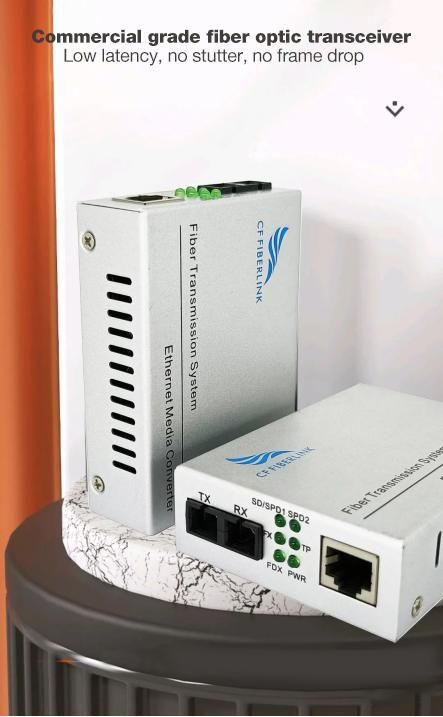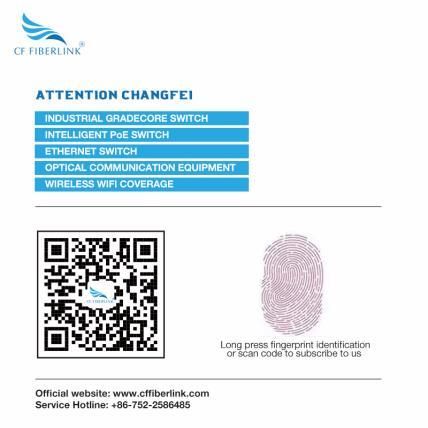The difference between single mode and multimode fiber optic transceivers:

Different transmission distances: Multimode transceivers can have a maximum transmission distance of 2 kilometers, while single mode transceivers can have a transmission distance of up to 100 kilometers. The transmission distance of multimode transceivers depends on whether it is a 100 megabit network or a gigabit network, and gigabit transceivers can only reach 500 meters. If it is a 2M network, it is recommended to use multimode transceivers with larger transmission functions.
It should be noted that depending on the wavelength provided by Telecom, if it is a single mode wavelength (1310 or 1550), then a single mode transceiver must be used. If it is a multimode wavelength (850 or 1310), then a multimode transceiver must be used. Fiber optic transceivers also have a transmission distance, and the larger the distance, the better. The farther the distance, the greater the loss.
One end of a single mode fiber optic transceiver is connected to an optical transmission system, and the other end (user end) comes out with a 10/100M Ethernet interface. Its main principle is to achieve communication through optoelectronic coupling, without any changes to the signal encoding format. Fiber optic transceivers have the advantages of providing ultra-low latency data transmission, being completely transparent to network protocols, using specialized ASIC chips to achieve data line speed forwarding, and using a 1 1 power supply design for devices. They support ultra wide power supply voltages, achieve power protection and automatic switching. At the same time, it supports an ultra wide working temperature range and a complete transmission distance of 0-120 kilometers.
Dual fiber multimode high-performance 10/100Mbit adaptive fiber optic transceiver (photoelectric converter), with functions such as address filtering, network segmentation, and intelligent alarm, can improve network efficiency and reliability. It can achieve high-speed remote interconnection of relay free computer data networks up to 5 kilometers. The product has stable and reliable performance, meets Ethernet standards in design, and has lightning protection measures. Especially suitable for various broadband data networks such as telecommunications, cable television, railways, military, financial securities, customs, civil aviation, maritime transportation, electricity, water conservancy, and oil fields, as well as fields that require high reliability data transmission or the establishment of IP data transmission private networks. It is the most ideal application equipment for broadband campus networks, broadband cable television networks, and intelligent broadband residential fiber to building and fiber to home applications.
Okay, the above is the difference between single mode fiber optic transceivers and multimode fiber optic transceivers. I hope it can be helpful to you.
If you want to learn more about the industry, please follow us!!!

Post time: Jul-04-2023

